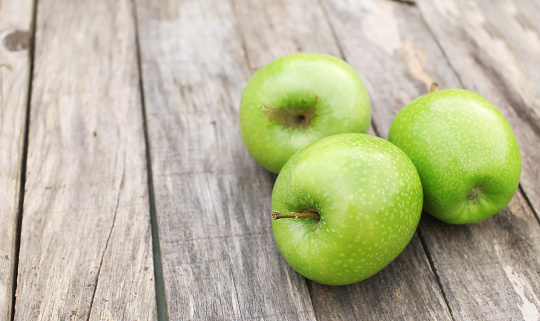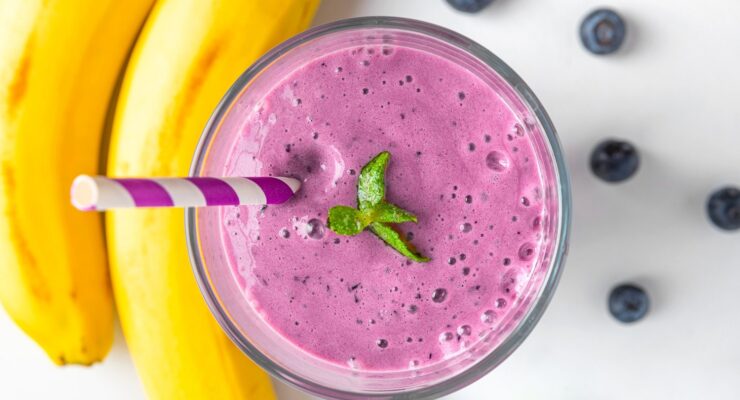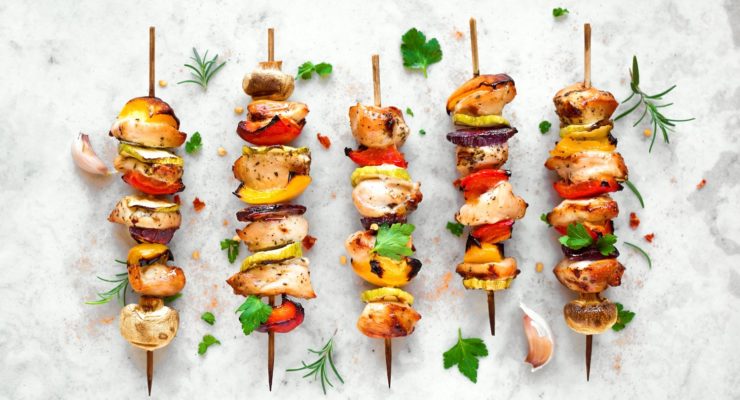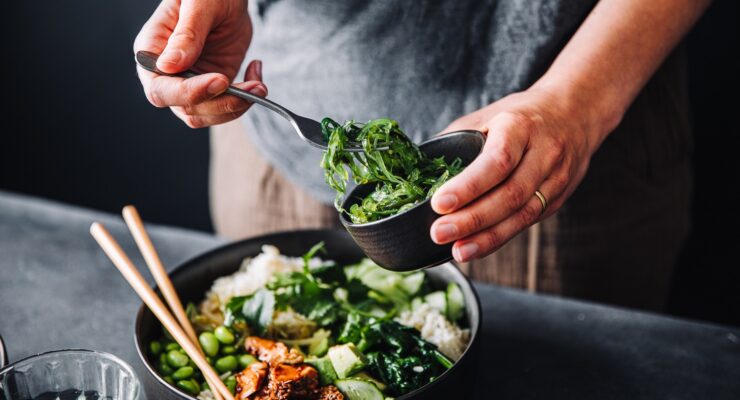The Show-Down of the Sugars: Added vs. Natural
Article posted in: Diet & Nutrition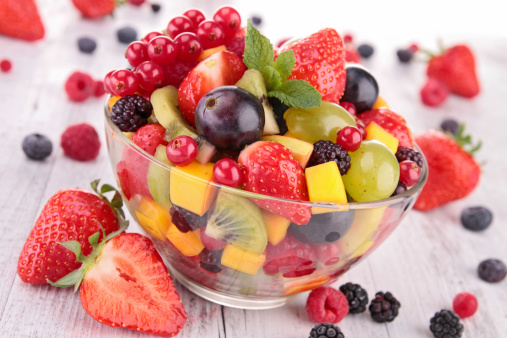
For something so sweet, sugar really can be quite awful. That’s because if you’re consuming more than 21 percent of your daily calories from added sugars, you double your risk of death from heart disease compared to people who consume just 10 percent of their calories from added sugars.
That’s according to a 2014 study published in the Journal of the American Medical Association Internal Medicine. The researchers also found that if you consume slightly less added sugar, you’re still at a higher risk of death: Those who consumed 17 to 21 percent of their daily calories from added sugars increased their risk of death from heart disease by 38 percent.
But the key word there is “added.” Sugars that are considered “added” aren’t just a sprinkle of granulated sweetness in your morning coffee, but high-fructose corn syrup, sugars in cakes, cookies and sodas, and other processed foods. This added sugar can cause blood sugar spikes, weight gain and can leave you feeling hungry. Natural sugar—the kind found in whole fruits and milk—is different. It’s good. You shouldn’t be afraid of it.
Oh yeah? Why not? What’s so great about natural sugar?
Natural sugars don’t ride alone: Like added sugars, the fructose from fruits and lactose from milk deliver about 15 calories of pure carbohydrate per teaspoon. But they bring friends: When you eat a strawberry or an orange, the fructose brings along important nutrients like Vitamin C, potassium and other stuff your body needs to function and stay healthy—making the blood sugar spike more than worth the effort. And the spike is managed by fiber, a nutrient that also makes you feel full and stay feeling full. Learn how to eat more fiber here. Lactose from milk brings along calcium, Vitamin D and protein—which, like fiber, makes you feel full and keeps you feeling that way.
Compare that to added sugars, like those found in a soda sweetened with high-fructose corn syrup: In addition to the fiber-free blood sugar spike, studies have shown that consuming carbohydrates as a liquid produce less satiety—fullness and satisfaction—than solid carbs, meaning you could still feel hungry after drinking the fizzy stuff despite the glut of calories you’ve just consumed.
So added sugars aren’t great, but I still like them. How much can I eat?
Depending on the survey, Americans eat, on average, between 200 and 350 calories of added sugar every day—that’s as much as 22 teaspoons per person. According to the American Heart Association, that’s way too much: The organization recommends a limit of 100 calories per day for women, and 150 per day for men. Those come to six teaspoons and nine teaspoons, respectively. With a teaspoon of sugar roughly equal to four grams, that’s less than a 12-ounce soda for women, and just over one can of full-calorie soda per day for men. (Another example: That’s about seven Oreos for females, and 11 for guys.)
But the “Nutrition Facts” label just says “sugars.” How can I tell if a food has added sugar or natural sugar?
It’s true: The “Nutrition Facts” label shows grams of “sugars,” making no indication whether they’re naturally-occurring or not. But the label can still help via the list of ingredients.
Sugars can appear listed simply as “sugar,” but several other words are also used to indicate added sugars. Some of the most common code words for sugar are: high fructose corn syrup, honey, cane sugar, brown sugar, dextrose, maltose, sucrose, syrup, molasses, evaporated cane juice, glucose, fruit juice concentrates, agave nectar, cane sugar (really, cane anything), and raw sugar.
Lots of words, but one thing in common: They’re not natural sugars. And the ingredients on any label are listed in descending order by weight. So the earlier in the ingredients list one of these code words appears, the more of it in the food product. If one of these sugars appears first on the list, eat with caution or consider swapping for a treat with less sugar.




